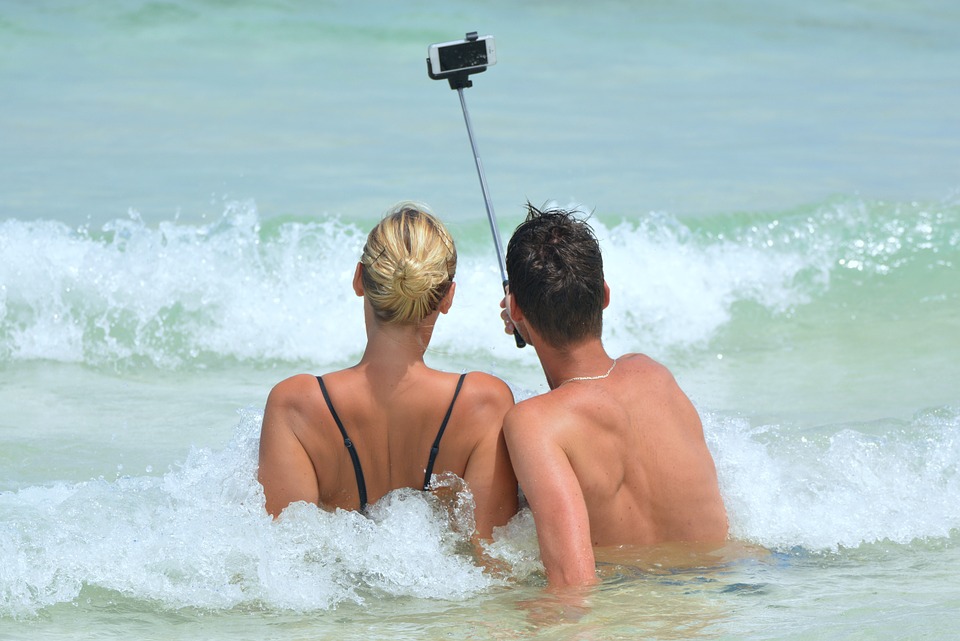Many people think that being a travel blogger is all about snapping pictures and writing out your adventures, but there’s so much more to it than that—and there are certain things that newbie travel bloggers should know before they get started.
We’ve compiled everything we wish we’d known when we started out on this journey into one handy blog post (which will hopefully save us from having to make this same list over and over again). Here are some tips for newbies who want to start their own blogs:

Have a plan
A lot of people don’t set goals for themselves, but it’s important to do so if you want to succeed as a blogger. To make sure your blog is successful and keeps growing, it’s important to have a plan for the future and know what exactly you want to achieve with your blog.
For example, if one of your goals is increasing video content on your YouTube channel because that’s where most of your audience is, then make sure that happens right away! It’s also smart to have some sort of outline or plan for any videos on the channel—it should be easy enough since they’re all scripted beforehand anyway.
You should also try not to forget about social media either; having an Instagram feed full of images from around the world isn’t enough anymore – nowadays, there needs to be some sort of story behind each photo so people can relate more easily (this goes back again into having good quality content). If someone sees something interesting while scrolling through their feed, then chances are good they’ll click through – which means more views!

Be consistent
If you want your blog to be successful, you need to be consistent. Having a schedule and posting regularly is key to building an audience and gaining subscribers. If people know when they can expect new content from you, they’ll be more likely to visit regularly and interact with your posts.
Don’t forget that consistency in style is just as important as consistency in frequency! Your readers will appreciate knowing what they can expect from each post—that means sticking with the style of writing (like first-person or third-person), tone (casual or formal), length (longer or shorter), and format (article vs listicle).
Make sure your content is useful
When it comes to content, make sure it’s useful. Don’t just talk about your trip; share tips and tricks that will help the reader plan their own adventure. You can even include a section on the blog where you answer people’s questions!
If you do this well enough, people will feel like they’re getting more than just a travelogue from your blog: they’ll also be learning something while they read. They’ll be able to get inspiration for their own trips and have ideas for how to spend their time once they arrive at their destination (which can make them more likely to return).

Diversify your social media channels
You should use different platforms for different purposes. For example, your Instagram could be all about travel photos and what’s going on in your life at the moment; as it’s not really appropriate to post about business topics there! You can keep your LinkedIn account for that. So, if you’re looking to grow your following on social media, make sure that you’re posting content that fits with each channel’s personality—and not just copying-and-pasting the same thing everywhere.
Use social media for research and networking. It may sound counterintuitive at first (since we’ve been told our whole lives not to talk about schoolwork), but think of blogging as a job: If someone was paying you an hourly wage with benefits included, would they expect their employees not to ask questions? Of course not!
Connect with other bloggers
If you’re a new blogger, the best way to connect with other travel bloggers is to get out there and find them—and don’t just stick to the Internet! Make it a point to attend conferences or meetups in your city on a regular basis so that you can build relationships in person as well as online.
Partner up with hotels and airlines
There are several ways to find hotels and airlines that would be good partners for you, but the best way is to start by checking out your competitors’ partnerships. If they’re working with companies like Hyatt, Hilton, and American Airlines, then those could be good options for you as well.

Travel safely and learn how to protect your stuff
Most people would only talk about growth but not about how to protect your stuff while traveling. We find it as essential as the other points because one bad memory can scar your future travels forever.
Hence, it goes beyond simply bringing a lock and keeping your stuff on you at all times. You’ll also want to make sure you have insurance in case of theft, loss, or damage to your items. The best thing to do is get travel insurance as soon as possible before leaving home, but it’s not too late if you already have a trip planned!
Travel with friends whenever possible. While solo travel is great for some people, having someone else with you can help reduce stress levels while traveling abroad and keep things from getting boring when there’s nothing going on in your itinerary.
Conclusion
We hope this article has been helpful in guiding you to start your own travel blog. If you have any questions, feel free to ask us!

















